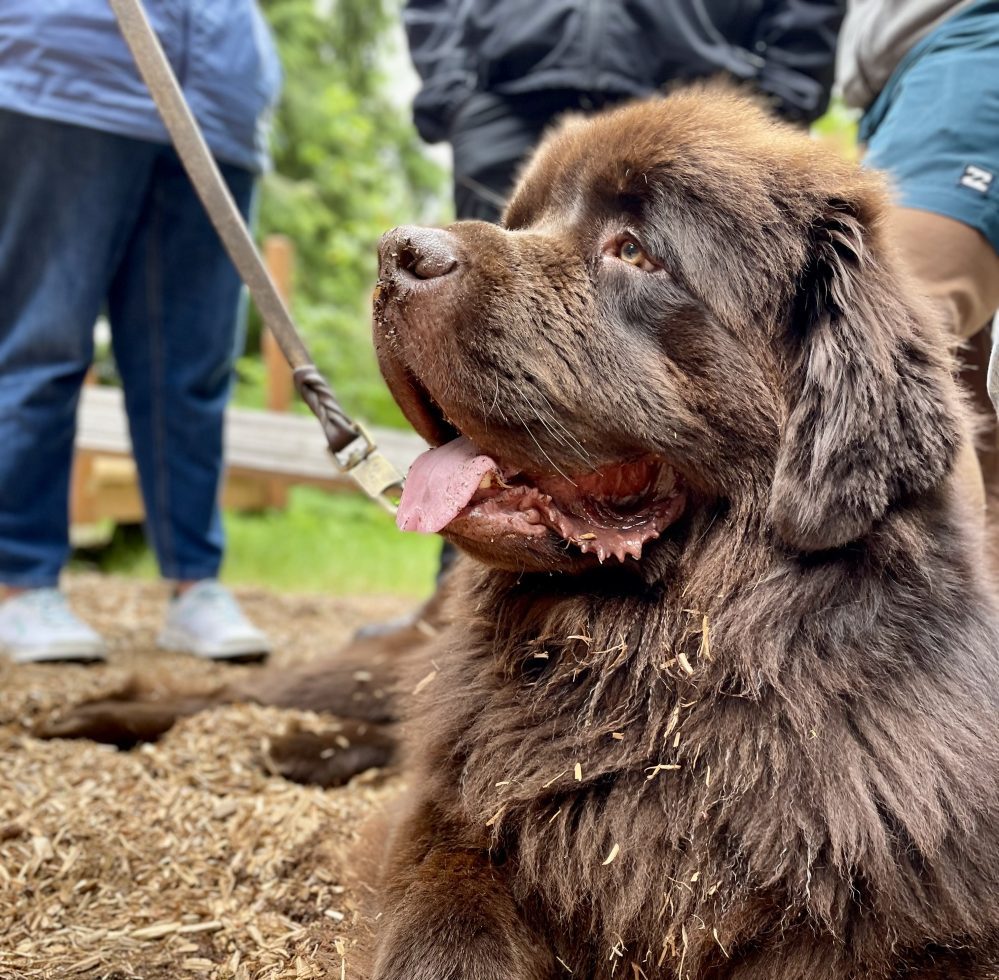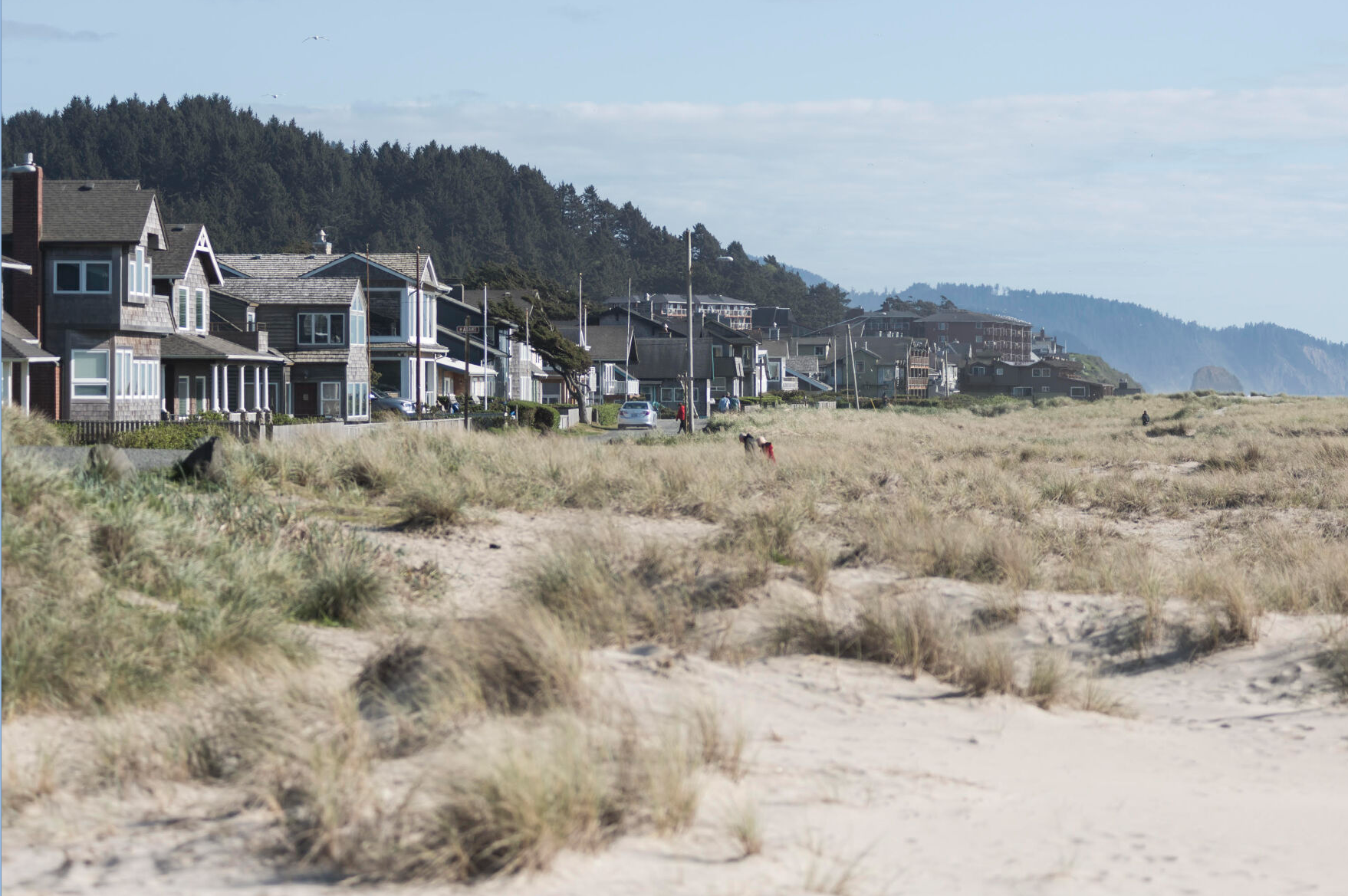Native Americans
Published 4:00 pm Thursday, February 10, 2005
Clatsop-Nehalem Confederated TribesLewis and Clark basically gave historical recognition to the Clatsop Indians through their journals, said Joe Scovell, ancestral chief and chairman of the Clatops-Nehalem Confederated Tribes. “The journals are referred to by ethnohistorians and show that we were in that area.”
Trending
Lewis and Clark Bicentennial planners and President Bush made a point of including Native Americans who helped the Corps of Discovery in the commemorative events. “In this event,” Scovell said, “American Indians had a part in the success of the expedition that was recognized by the planners, who gave emphasis to the Indians’ place.” From St. Louis to the Pacific Ocean, 58 tribes have been named as hosting the expedition.
The Clatsop-Nehalem Tribes plan to open a cultural store and exhibit in Seaside in February. They also are participants in the national Destination the Pacific and “Ocian in View” events. Tribe members will continue to be involved in teaching skills such as weaving bark and other plant reeds and making clothing. They also plan to carve a cedar canoe and host a feast or potlach during the November commemoration.
Chinook NationMembers of the Chinook Indian Tribe/Chinook Nation continue to reside in their traditional homelands at the mouth of the Columbia River. The natural wealth of this area allowed them to develop a sophisticated culture highlighted by their large plankhouse villages and oceangoing canoes. Salmon, sturgeon, shellfish, numerous plant foods as well as land and sea mammals sustained them. The Western red cedar was perhaps the most significant of plants utilized. It provided construction materials for homes, was the primary material for canoe construction and even its bark was shredded for towels and babies’ bedding and diapers. The ancestors of the Chinook Nation were essential to the survival of Lewis and Clark’s Corps of Discovery during the winter of 1805-06.
Trending
The sovereign Chinook Nation is the heir of the five westernmost tribes of Chinookan people – the Lower Chinook, Clatsop, Willapa, Kathlamet and Wahkiakum. These people originate in both southwest Washington and northwest Oregon, and were speakers of two distinct dialects of the Chinookan language which extends east on the Columbia River to The Dalles, Ore.
The tribe’s offices are located in Chinook, Wash., although the tribe’s membership is distributed throughout the region. The tribe governs itself with an elected nine-member tribal council. Today the tribe is striving to regain federal acknowledgment and preserve its unique and proud heritage for generations to come.









